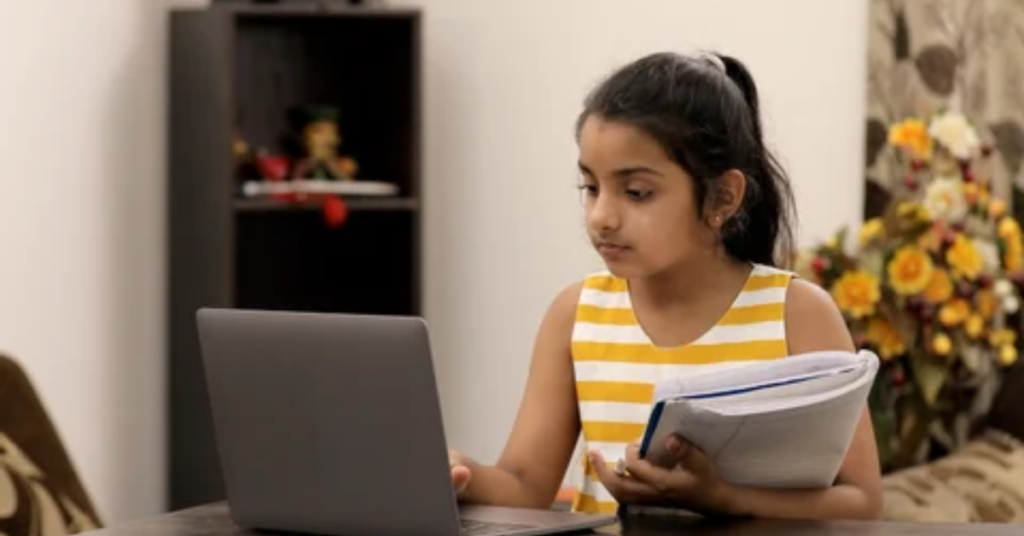For generations, homework in India was seen as a repetitive exercise, memorising multiplication tables, filling pages with essays, or solving endless math problems. It was often regarded as a dreaded chore rather than a meaningful extension of classroom learning.

From Rote Learning to Creative Exploration in Homework
Now, classrooms across India are witnessing a quiet revolution. Homework is evolving into a tool for exploration, collaboration, and creativity. Driven by policy reforms, digital tools, and changing teaching philosophies, the traditional idea of homework is being reshaped to foster curiosity, critical thinking, and student well-being.
“Earlier, homework meant memorising or copying the same exercise multiple times. Today, many schools focus on project-based assignments, presentations, and even community engagement activities,” explained RC Jain, chairman of a Delhi school and President of the Delhi State Public School Management Association.
A key driver of this change is the National Education Policy (NEP) 2020, which encourages schools to reduce the academic burden and promote activity-based learning. In line with the policy, the Central Board of Secondary Education (CBSE) and several state boards have issued guidelines asking teachers to assign tasks that are “enjoyable, experimental and application-oriented.”
Instead of memorised answers, students are now asked to explore the “why” and “how” of concepts. The emphasis is on experiments, innovation challenges, and project-based learning, which allow children to apply knowledge in practical settings.
Prime Minister Narendra Modi also highlighted this shift when he gave “homework” to teachers—asking them to lead campaigns with their students promoting swadeshi products and supporting the “Vocal for Local” initiative. This symbolic move underscored the government’s vision of homework as a tool for nation-building and real-world engagement.
The Role of Technology
Technology has been another catalyst. With the rise of digital classrooms, assignments today often include creating videos, preparing presentations, or conducting online research. Some schools go a step further by encouraging children to interview family members, maintain kitchen gardens, or document local traditions—bringing homework closer to real life.
This shift reflects global practices as well. For instance, the “10-Minute Rule” by the National PTA and NEA in the U.S. suggests students should spend 10 minutes per grade level on homework daily. By contrast, many Indian students still spend 3–4 hours daily on assignments, raising concerns about balance.
Parents, however, remain divided about this transformation. Many appreciate the move away from rote memorisation but worry that project-heavy tasks increase dependence on parental support, unintentionally widening learning gaps.
“We are glad that children are not spending hours copying notes. But many creative assignments still require parents to step in, especially in junior classes. Homework should encourage supervision, not force parents to do the task,” said Divanshi Shrey, a Delhi-based parent.
Others, however, welcome the change wholeheartedly. Tushar Mehta, a software developer and father, said: “Rather than making scrapbooks in the name of creativity, my child is given homework like playing in soil or interacting with neighbours. It reminds me of the natural learning experiences we had decades ago.”
A Future of Purposeful Learning
Experts argue that the key lies in striking a balance. Homework continues to play an important role as a bridge between classroom learning and self-study. However, its design must ensure that it neither overwhelms students nor sidelines academic rigour.
“Homework is still an important tool. But its design must be thoughtful—encouraging practice without burdening children,” said educationist Meeta Sengupta.
As Indian schools reimagine homework, the challenge is to ensure that creative, real-world assignments do not become a burden disguised as fun. The goal is to make homework a purposeful activity that sparks curiosity, builds independence, and prepares students for life beyond classrooms.
The transformation marks an important step in redefining education for the 21st century—one where learning goes beyond textbooks, and homework becomes not just a task, but an opportunity.
Also Read: https://indianexpress.com/article/education/students-prefer-it-banking-jobs-over-core-sectors-like-process-industries-iit-roorkee-director-jee-10250772
https://thenewstudent.com/wp-admin/post.php?post=3752&action=edit